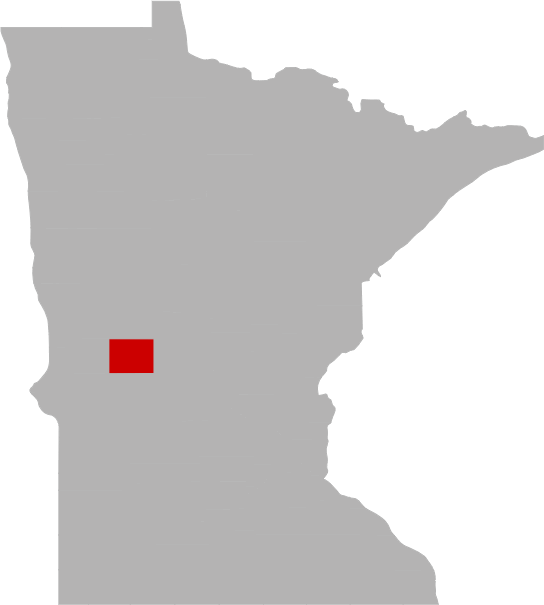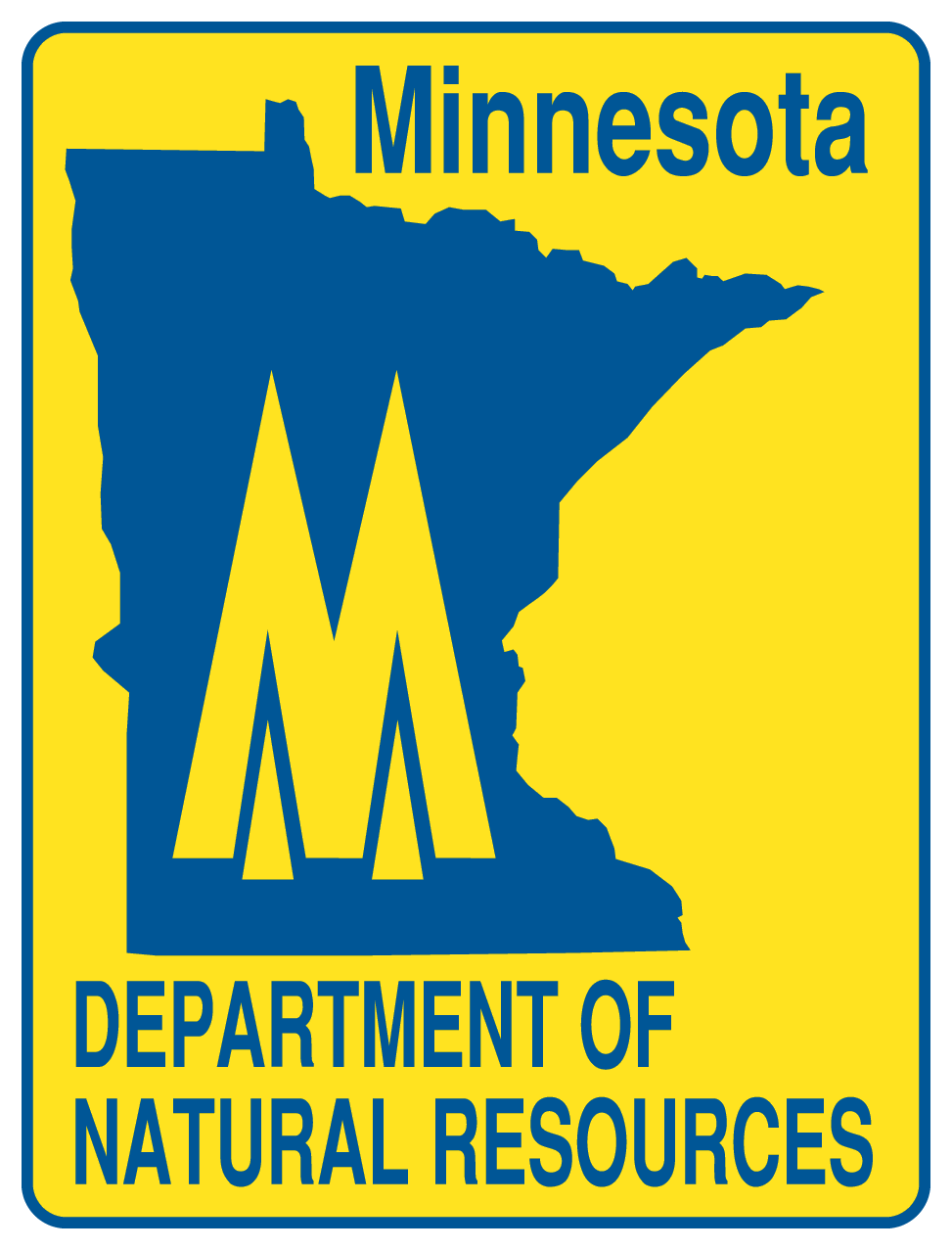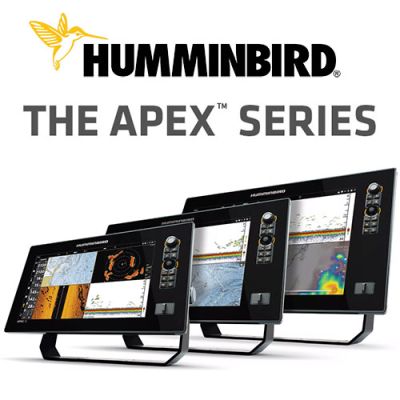Today's Best Fishing Times
Get the best fishing times for Red Rock Lake with Lake-Link's Fishing Forecast. SEE MORE

Share your catch!
We want to see what you've caught on Red Rock Lake.Frequently Asked Questions About Red Rock Lake, MN
- How big is Red Rock Lake?
- How deep is Red Rock Lake?
- What kind of fish can you catch in Red Rock Lake?
- What are the closest cities to Red Rock Lake?
- Are there places to stay in the Red Rock Lake area?
- Are there boat launches on Red Rock Lake?
- Are there places to eat and drink near Red Rock Lake?
- What are the fishing regulations for Red Rock Lake?
- What is the average air temp for Red Rock Lake?
- Are there any state parks near Red Rock Lake?
How big is Red Rock Lake?
How deep is Red Rock Lake?
What kind of fish can you catch in Red Rock Lake?
Other fish species in the lake include Banded Killifish, Fathead Minnow, Golden Shiner, Green Sunfish, Hybrid Sunfish, Spottail Shiner and White Sucker.
What are the closest cities to Red Rock Lake?
Are there places to stay in the Red Rock Lake area?
More Lodging Options
Are there boat launches on Red Rock Lake?
Are there places to eat and drink near Red Rock Lake?
What are the fishing regulations for Red Rock Lake?
 There are specific fishing regulations Red Rock Lake that you need to know. For complete fishing regulations visit the Minnesota Department of Natural Resources. To report a violation call (800) 652-9093. Need a Minnesota fishing license?
There are specific fishing regulations Red Rock Lake that you need to know. For complete fishing regulations visit the Minnesota Department of Natural Resources. To report a violation call (800) 652-9093. Need a Minnesota fishing license?
What aquatic invasive species are found in Red Rock Lake?
Join us in the fight to prevent the spread of invasive species These sneaky creatures can hitch a ride on boats, clinging onto propellers, anchor lines, and trailers. They can even survive in hidden places like bilge water and ballast tanks, or disguise themselves in dirt and sand that sticks to nets, buckets, anchors, and waders. But don't worry, we have the power to stop them in their tracks with just a few simple steps. So let's do our part and protect our waters from these unwanted invaders.
History & Status of the Fishery
Red Rock Lake is a shallow and fertile basin located in southwest Douglas County, near Kensington. The lake has a surface area of 903 acres. Maximum depth is 22.0 feet. Average depth is only 9.0 feet. Water quality and clarity are seasonally impaired due to excessive nutrient loading. Water transparency is near 5.0 feet during summer months. Strong wind and wave action can re-suspend nutrients tied up in bottom sediments and trigger frequent and severe algal blooms. Red Rock Lake is a polymictic lake. It can become thermally stratified during the summer, but strong winds can break down the thermocline and allow the top warm water layer and cool deeper water to mix. During those periods during which the lake is thermally stratified, dissolved oxygen concentrations may be too low in deeper water to support fish. Dissolved oxygen concentrations were too low below 17.0 feet to support gamefishes in early June of 2014.
Red Rock's fish community has been strongly impacted and shaped by water level instability. Much of the hardstem bulrush ringing the shoreline and most submergent vegetation was lost to inundation and extended high water following heavy precipitation in the mid-1980s and again in the mid-1990s. Outlet modifications have occurred to lower and stabilize the water level, but with weather extremes, lake elevation among years has varied by as much as 5.5 feet. Such habitat instability, limited water clarity, and variability in diversity and coverage of aquatic plants can have profound influences on natural recruitment of nesting gamefishes, survival of young fish in absence of nursery and escape cover, and feeding efficiency of predators. Those fishes most at risk include sight feeding predators such as Northern Pike and Largemouth Bass and sunfishes. Relatively stable water levels in recent years has been conducive to growth of submergent vegetation in the main basin and connected wetland basins in the southern watershed area.
Despite harsh water quality and habitat conditions, Red Rock Lake supports quality fishing opportunities. Northern Pike density has increased. Gillnet catches in 2014 averaged 8.8 fish/net which was the highest catch rate recorded among all surveys. Pike catches averaged 25.5 inches in length and 3.7 pounds. Thirty percent of sampled fish exceeded 28.0 inches. Two captures exceeded 36.0 inches in length.
A quality Largemouth Bass fishery has re-established after a population collapse that corresponded to loss of aquatic vegetation. Bass are now moderately abundant. Ninety-two percent of electrofishing captures in 2014 exceeded 15.0 inches in length. The largest bass caught was 20.7 inches in length.
Bluegill catches increased with better and relatively consistent annual recruitment since 2008. Most captures were relatively young, but due to fast growth, the population can support good fishing. Bluegills grow to 6.0 inches by age 3 and exceed 8.0 inches by age 5. In response to fast growth, average size of Bluegill caught was 7.0 inches. Eleven percent of captures exceeded 8.0 inches in total length. One capture measured 10.2 inches.
Black Crappie numbers have also increased, particularly with establishment of a very strong year class of young fish in 2012. Five age classes were detected in the population sample. Two-year-old captures made up 83% of the total catch. Average length was only 6.5 inches because of the high proportion of young fish in the population. If rate of growth is near average, the two-year-olds should approach 10.0 inches in length in 2016.
Walleye are stocked during odd-numbered years to sustain a modest fishery. Gillnet catches during the 2014 survey averaged 4.4 fish/net. This catch rate is reasonably good for lakes assigned to Lake Class 38. Based on age distribution of the 2014 gillnet catch, natural recruitment may account for much of the standing stock. The population sample was comprised of cohorts of five age classes. Well over half of all captures were age-4 fish. No stocking was programmed in 2010. Rate of growth is dependent upon density so cohorts of the strong 2010 year class did not grow as fast as fish in other age classes. Those four-year-olds did approach 15.0 inches in length at time of the June 2014 survey. Average size of Walleyes caught was 15.5 inches.
Red Rock Lake is one of few basins within the Glenwood Management Area that supports a Yellow Perch fishery, but this fishery may be near collapse. Yellow Perch abundance remains stable, however, numbers of large perch continue to decline with harvest and predation. Forty percent of perch captures in 2010 exceeded 10.0 inches in length. One percent of captures exceeded 10.0 inches in 2014. At increasing Northern Pike and Largemouth Bass densities, perch will likely mature earlier and channel more energy into reproductive processes rather than body growth.
Red Rock Lake does not have any known infestations of aquatic invasive species. If you suspect a new infestation of an invasive plant or animal, take a photo, note the location, or save a specimen and report it to a local DNR invasive species contact at http://www.dnr.state.mn.us/invasives/ais/contacts.html.
Anglers should note that launching a boat during late summer can be challenging due to the shallow access.
What is the average air temp for Red Rock Lake?
Are there any state parks near Red Rock Lake?
For more Minnesota State Park information see our State Park Guide.
More Nearby Lakes To Explore
There's more lake's to explore around Red Rock Lake...| DISTANCE | ACRES | MAX DEPTH | |
| Quam Lake | 3.1 mi | 178 | 14 ft |
| Lower Elk Lake | 3.4 mi | 131 | 13 ft |
| Elk Lake | 4.4 mi | 207 | 29 ft |
| Lake Oscar | 5.3 mi | 1,191 | 25 ft |
| Thompson Lake | 5.8 mi | 154 | 22 ft |
| Freeborn Lake | 6.4 mi | 248 | 18 ft |
| Elk Lake | 6.6 mi | 190 | 29 ft |
| Long Lake | 7.0 mi | 202 | 18 ft |
| Lower Elk Lake | 7.0 mi | 152 | 16 ft |
| Gilbert Lake | 7.1 mi | 202 | 17 ft |

















